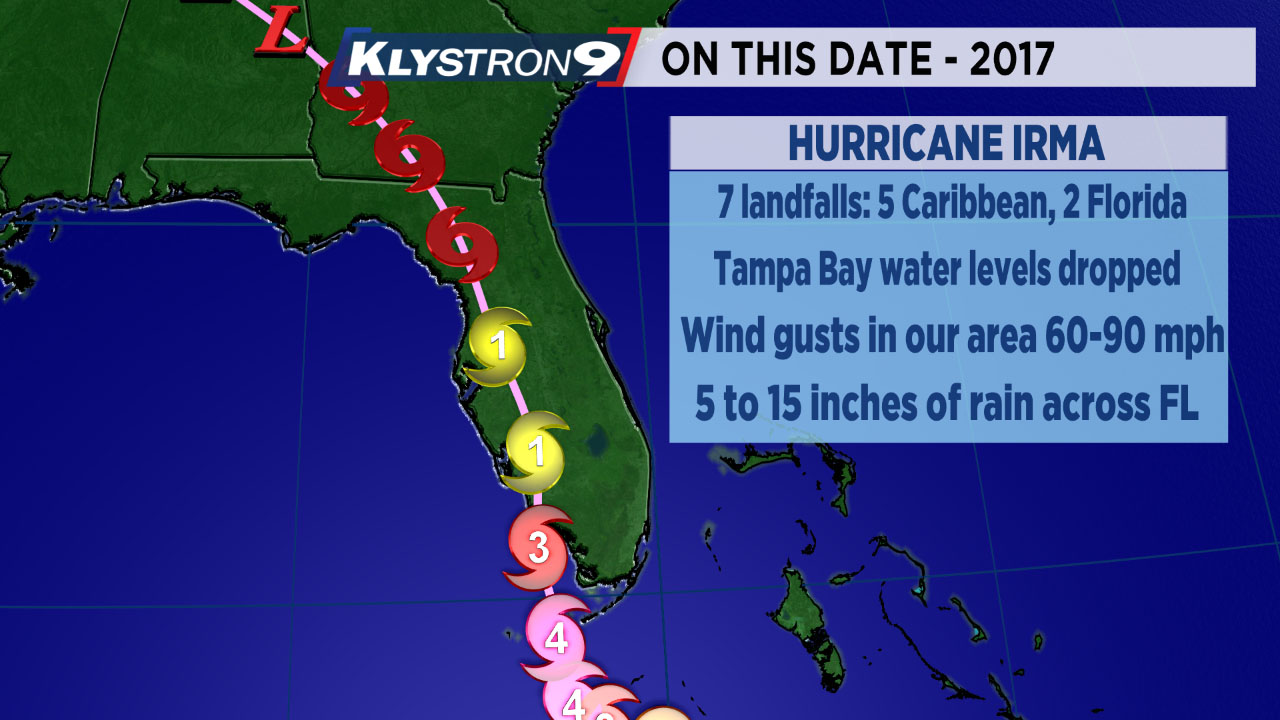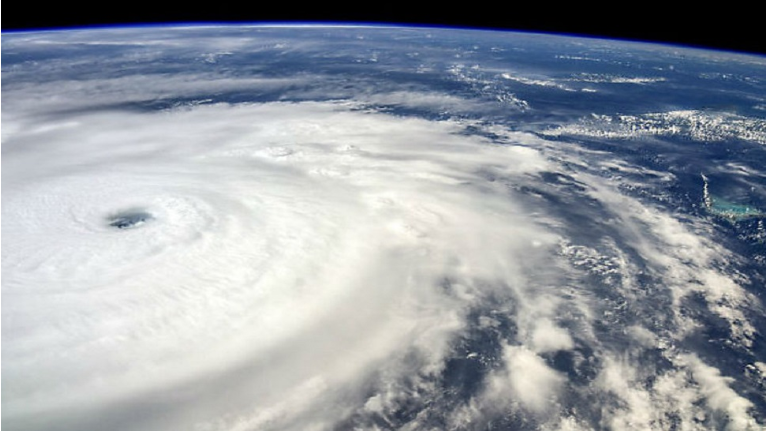ST. PETERSBURG, Fla. — It’s been two years since Hurricane Irma made landfall in Florida.
Irma was one of the strongest and costliest Atlantic hurricanes on record.
- Two year anniversary of Hurricane Irma
- Irma first made landfall in Cudjoe Key
- More stories on Hurricane Irma
- 2019 Storm Season Guide
It all started with a tropical wave in the eastern Atlantic Ocean on Aug. 27, 2017.
Irma became a hurricane and strengthened to a Category 5 in the Atlantic. At one point, Irma’s winds were 185 mph.
Irma made five landfalls in the Caribbean before making a turn toward Florida.
On September 10, 2017 Irma made landfall in Cudjoe Key as a Category 4 hurricane.
It made its way up to Southwest Florida and made another landfall near Marco Island as a Category 3 hurricane, leaving damage behind in cities like Naples and Fort Myers.
Then it was Tampa Bay's turn.
At first, the water levels in Tampa Bay dropped due to the strong offshore winds on the north side of Irma’s circulation. Many people were amazed that for a short period of time the bay was dry.
Irma was weakening but still brought damaging winds to our area into the morning hours of Sept. 11.
The eye of Irma moved north through Polk County then toward eastern Citrus County before moving to North Florida and Georgia.
While we didn’t have sustained hurricane force winds here, we did have wind gusts of 60 to 90 mph in our area.
Power was out for weeks in some places.
There were 21 confirmed tornadoes in Florida. While most of the tornadoes were on the east coast, an EF-2 tornado hit Polk City.
We had 5 to 15 inches of rain in our state.
A record 6.5 million Floridians evacuated ahead of Irma and hundreds of thousands headed to shelters.
Irma was responsible for more than 100 deaths in the United States. Most of the deaths happened in Florida.
Damage in the U.S. due to Irma ranges from 50 billion to 77 billion dollars.





